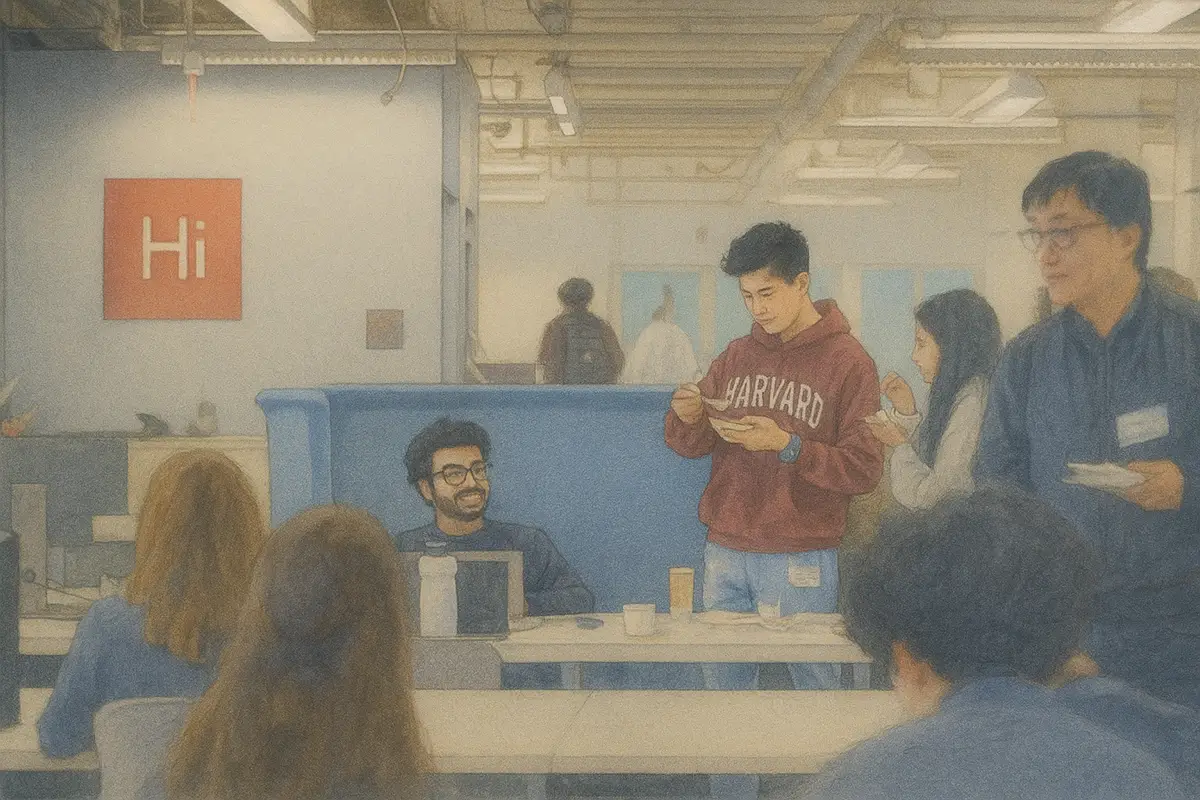
Rafael Romero and Jessica Torres have worked at the Essex County Continuum of Care, overseeing a wide range of homelessness services across northeast New Jersey, including Newark, for almost 25 years combined.
Romero and Torres are part of the team at the Essex County CoC responsible for fostering collaboration and building transparency between more than 80 federal, state, municipal, local, private, and non-profit organizations, advocating for policies on the local level, and overseeing the application of funds to support permanent housing for people experiencing homelessness.
“That’s the broad scope of it,” Torres said. “In essence, we want to help inform everyone about what resources are available and help them navigate those resources to provide services for Essex County residents.”
Essex County has long been seen as a technological first mover by state government observers. “We’re learners. Maybe there’s something in the water,” Romero says with a laugh, “but we fundamentally believe you can’t solve a problem if you don’t know what the problem is. Data-driven decision making is at the heart of our operation. Innovation is how we live.”
But without any aggregating technology to quantify needs, agencies and providers spoke anecdotally about access to resources and services. “We want to switch off the anecdotal narrative and show what is happening with data. We need to quantify what needs are.”
One of Roundtable’s core tenets is that technology must improve how cross-functional groups of public servants work together to solve a problem. Our government operations platform is built specifically to power complex, interagency efforts — to promote lateral engagement between frontline service providers. Nowhere is that more true than in Essex County.
“Before we had Roundtable, if someone needed a shelter bed for someone, they’d have to pick up the phone and call someone they know, at best. If they didn’t have a connection, they’d probably end up calling general phone numbers to shelters or other providers in the area,” Torres explained. “We’ve seen how Roundtable has transformed their work. Someone might post and explain they need support finding a family temporary housing, and other public servants will jump in to help get that family housed,” she continued.
In another instance, one provider posted in Roundtable about procuring free furniture for a recently-housed individual. Nine people responded with resources and the provider was able to successfully get furniture. Not only that, but two days later, they posted again — to say thank you and to tell the community about new resources and connections they built as a result of asking for help on Roundtable.
After the Essex County CoC deployed Roundtable and began connecting dozens of organizations, Romero and Torres saw a marked shift in how seamlessly providers were able to support one another.
But that wasn’t the only change.
“I live in the analytics dashboard to see what’s trending, what questions people have, what resources are working, and what aren’t,” Romero said.
“We’re also able to drive a high degree of engagement,” Torres explained. “People have access to information and resources they otherwise never would have. We’ve gotten thousands of views on a few dozen posts. That’s not happening with a listserv.”
The combination of lateral engagement — providers helping one another — and engagement between providers has led to a wealth of valuable information that the CoC can use to improve its operations.
“Roundtable has enhanced our ability to get qualitative and quantitative information,” Romero said. Torres agreed, telling us that Roundtable has allowed her to do things in one platform. “These other tools, like email listservs or document repositories all have a niche. In Roundtable, I can have video meetings, transcribe them, send DMs, do a poll or survey, and post about an event all in one place. And all of that generates information we use to make decisions to better support providers.”
Combining these benefits together, Romero told us simply, “the platform has achieved its goal.”

Subscribe to our blog today for Roundtable news and product announcements, straight to your inbox.